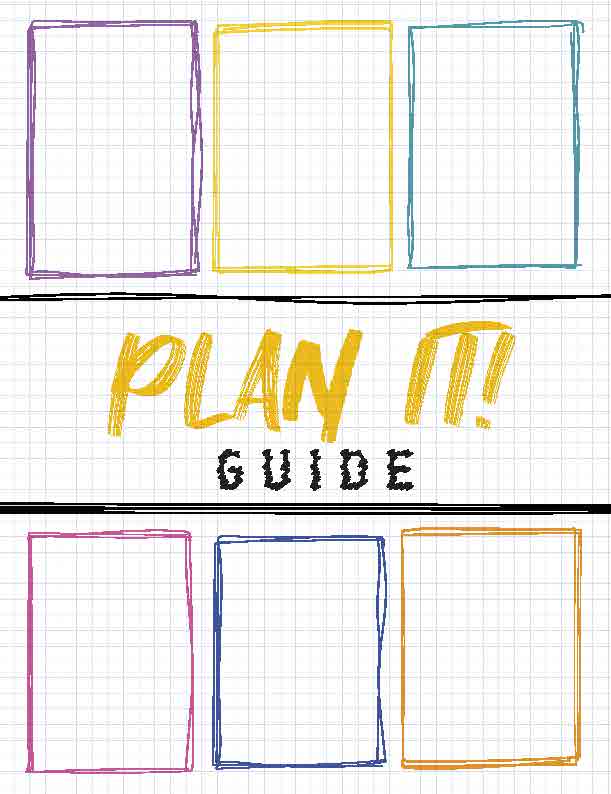- 2 Minutes to read
- DarkLight
Chapter 12: Choosing Your Yearbook Ladder
- 2 Minutes to read
- DarkLight

Organizing the yearbook is key to representing the entire student body. Ladder planning serves like a blueprint, but before using the ladder to plan your pages you'll want to choose the book structure that best fits your vision (see more in the COVERAGE section).
The first question you should ask is "Do we want our yearbook to serve primarily as a memory-driven story or as a reference tool for specific content?" This subtle difference can significantly influence reader satisfaction and will determine how often readers visit the book over the years.
THE TRADITIONAL YEARBOOK LADDER
A traditional yearbook ladder organizes content into sections based on themes or topics, such as Student Life, Academics, Clubs, Sports, and Portraits. Each section is grouped by subject matter rather than time.
PROS
- Easy Navigation: Readers can quickly find specific content since similar topics are grouped together.
- Organized Content: Clear sections allow for focused storytelling and cohesive design.
- Flexibility: It works well for schools with varying timelines or unpredictable events, since sections can be completed individually.
- Timeless Appeal: Thematic organization ensures a consistent structure year to year, which can make the yearbook easier to design.
CONS
- Lack of Narrative Flow: The yearbook may feel like more of a catalog than a story, as the events aren't shown in the context of the school year.
- Missed Context: Events from different times of the year may be disconnected, making it harder to show the progression of the year.
- Repetitive Themes: If not carefully planned, sections may feel redundant or lack variety.
THE CHRONOLOGICAL YEARBOOK LADDER
A chronological yearbook ladder organizes content based on the timeline of the school year, like by seasons, months, quarters, or semesters. The events and activities are presented in the order in which they occurred.
PROS
- Storytelling Appeal: This approach captures the progression of the year, creating a cohesive narrative of events and milestones.
- Engagement: Readers can relive the school year as it unfolded, making the book feel more like a time capsule.
- Comprehensive Coverage: Events of all kinds, big or small, are more likely to be included since they're tied to the timeline.
- Variety in Content: Each section includes a mix of academics, sports, clubs, and other activities from the same time period, reducing redundancy.
CONS
- Complex Planning: The design process can be more challenging since editors need to ensure balanced coverage and plan layouts far in advance.
- Potential Gaps: If nothing significant happens during a certain time period, it may leave sections looking sparse or require filler content.
SETTING UP YOUR LADDER
Your page ladder should be 90% finalized before you start building pages. It's your roadmap, guiding deadlines while helping with photo planning and story selection.
PAGE ALLOCATIONS
Start by calculating last year's data:
Total number of pages in last year's book
MINUS total theme pages (title, opening, dividers, and closing)
MINUS total ads and index pages
EQUALS base pages for coverage

PAGE PERCENTAGES
Note: These percentages are suggestions, and you can adjust them to meet the specific needs of your school.
- ACADEMICS: 12% (base number of pages x 0.12)
- CLUBS: 15% (base number of pages x0.15)
- PEOPLE: 30% (base number of pages x 0.30)
- SPORTS: 18% (base number of pages x 0.18)
- STUDENT LIFE: 25% (base number of pages x 0.25)
You can find a complete ladder on Page 9 of the PlanIt! Guide in your Yearbook Kit.

